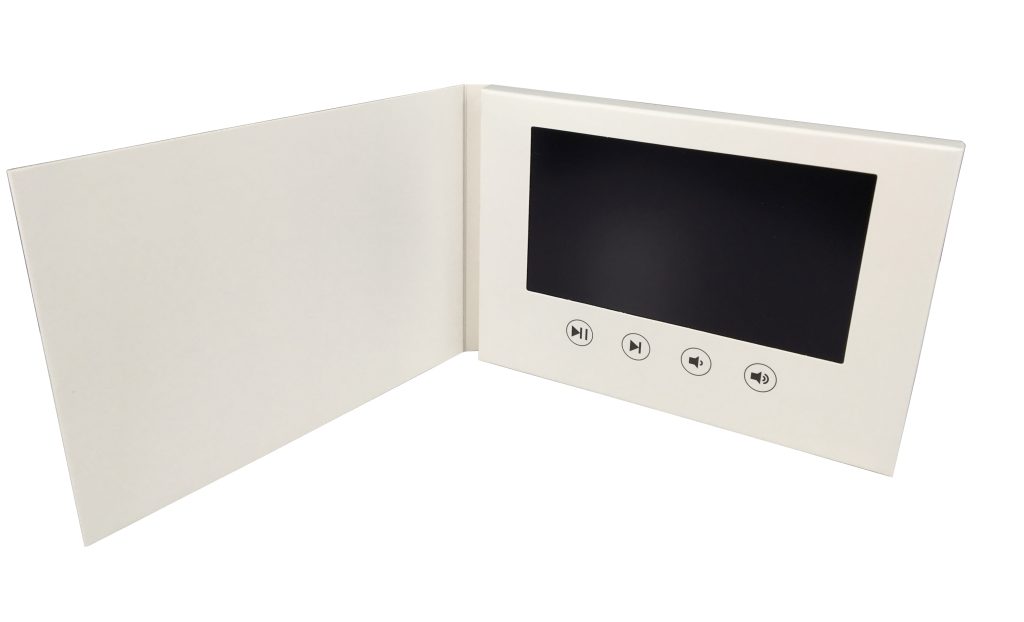In today’s digital age, businesses are constantly seeking innovative ways to capture the attention of their audience. Traditional methods such as printed brochures, flyers, and posters are still useful, but they are no longer the most effective when competing with modern, tech-savvy consumers. One marketing tool that is steadily gaining traction is the video brohcure. Combining the visual appeal of video with the convenience of printed material, video brochures are revolutionizing the way businesses interact with their customers. Here’s why they are quickly becoming a staple in modern marketing campaigns.

A Unique, Engaging Experience
One of the primary reasons why video brochures are so effective is because they provide a dynamic and engaging experience. Unlike static brochures, which only convey information through text and images, video brochures use motion, sound, and storytelling to communicate their message. This makes the content much more compelling and captivating for the viewer. The ability to show a product or service in action allows businesses to demonstrate its benefits in a way that traditional brochures cannot. As a result, video brochures can create a stronger emotional connection with the audience, which is essential for building brand loyalty.
Increasing Conversion Rates
The interactive nature of video brochures has been shown to increase conversion rates significantly. When customers are presented with an engaging and informative video, they are more likely to take action, whether it’s making a purchase, signing up for a service, or visiting a website. Studies have demonstrated that videos can increase conversion rates by up to 80%. By incorporating videos into brochures, businesses can provide more persuasive, memorable, and compelling content that encourages their audience to take the next step.
Personalization and Customization
Another significant advantage of video brochures is their ability to be customized for specific audiences. Companies can tailor the content of the video to suit the preferences and needs of different target groups. Whether you’re sending a video brochure to potential clients, investors, or even employees, you can craft a unique message that speaks directly to them. Personalization is one of the keys to successful marketing, and video brochures provide an effective way to achieve that. From changing the messaging to incorporating individual names or offers, customization options are vast.
Cost-Effective in the Long Run
While the initial cost of producing a video brochure may be higher than a traditional brochure, it can prove to be cost-effective over time. Video brochures are reusable, which means they can be sent out to multiple recipients, offering long-term value. The cost of creating high-quality videos has also dropped significantly over the years, making it more accessible to small and medium-sized businesses. Additionally, because video brochures often leave a lasting impression, businesses can expect to see a higher return on investment (ROI) through increased engagement and sales.
Eco-Friendly Option
Despite the incorporation of technology, video brochures can also be more environmentally friendly than traditional printed brochures. While paper brochures contribute to deforestation and increased waste, video brochures eliminate the need for physical materials. Instead of printing multiple copies of a brochure, businesses can send a digital version, significantly reducing paper consumption. This eco-friendly approach aligns with the growing demand for sustainable and socially responsible business practices.
In Conclusion
Video brochures are quickly establishing themselves as one of the most effective marketing tools for businesses looking to stand out in a crowded marketplace. They combine the power of video with the tangible appeal of a brochure, offering a unique, personalized, and engaging experience for customers. With their ability to boost conversion rates, improve ROI, and provide a cost-effective and eco-friendly solution, video brochures are undoubtedly the future of marketing.

